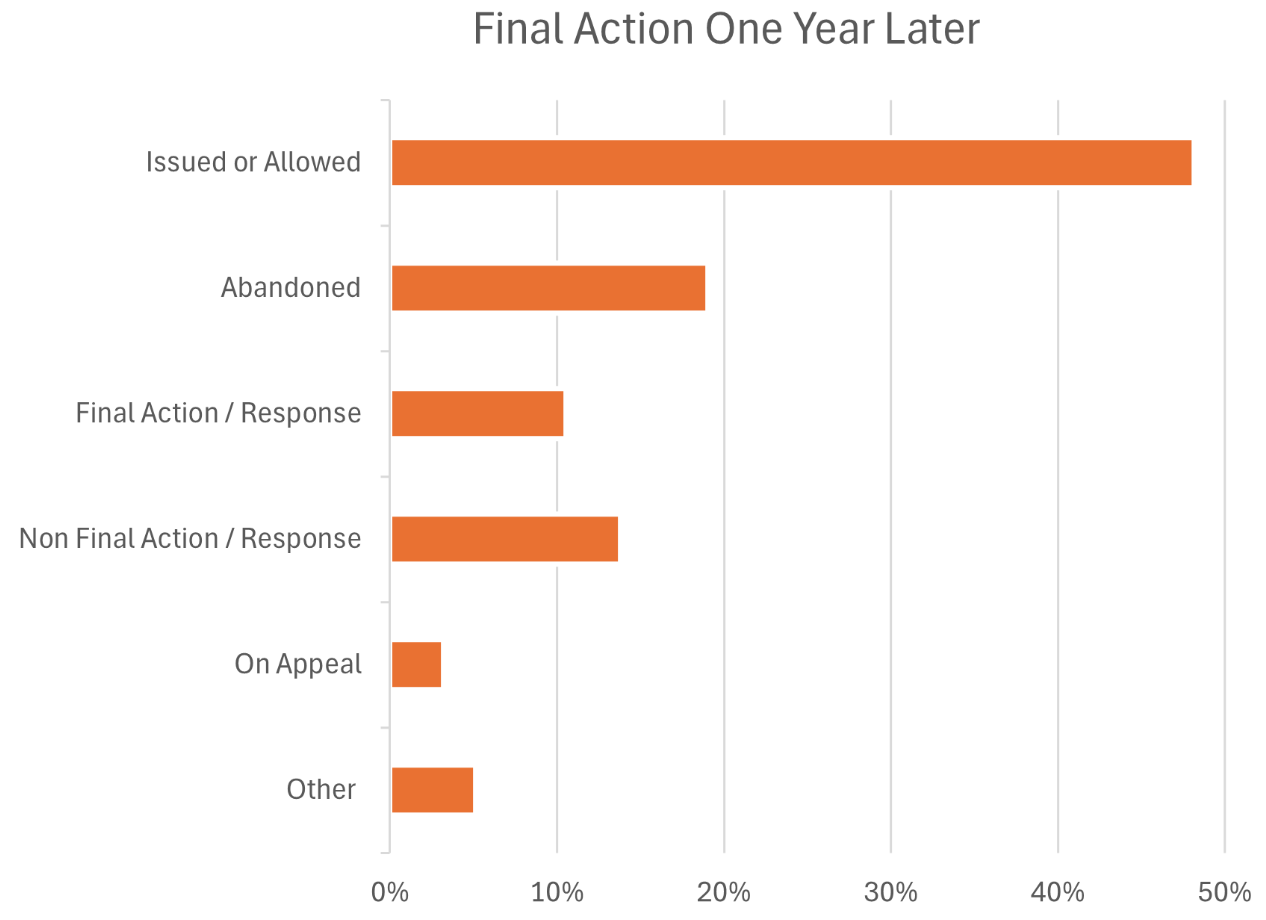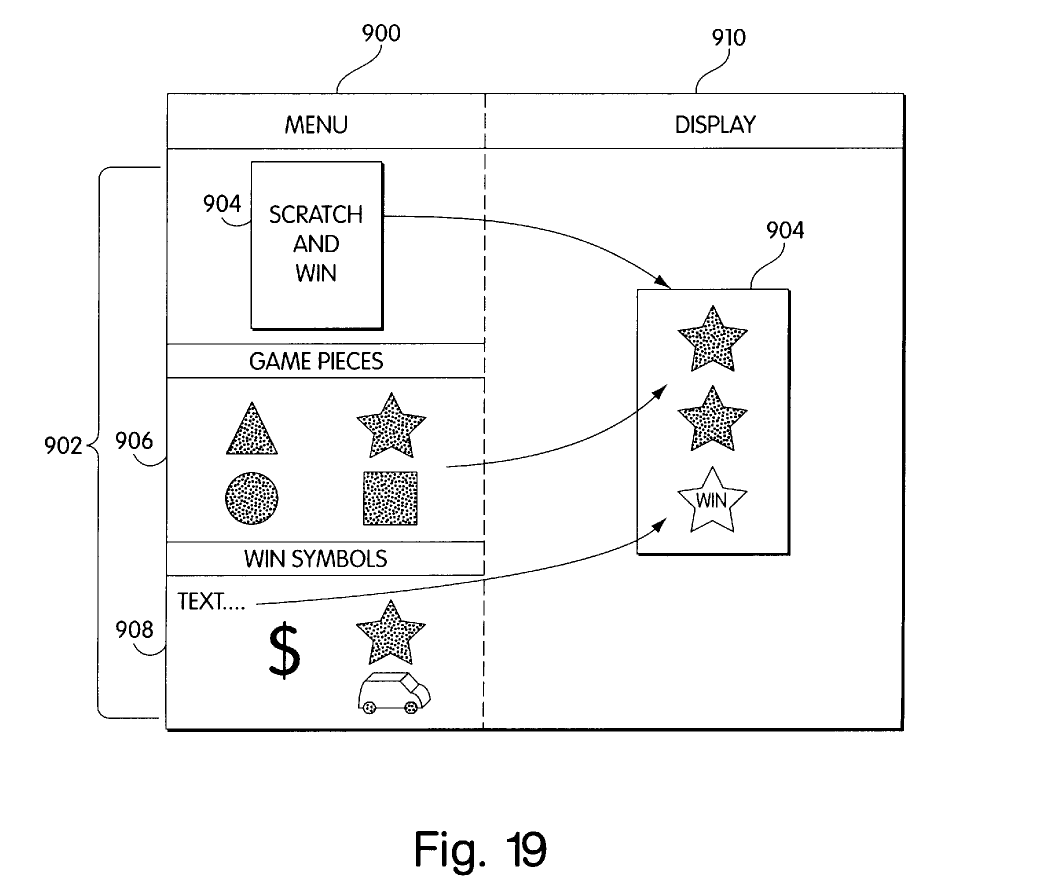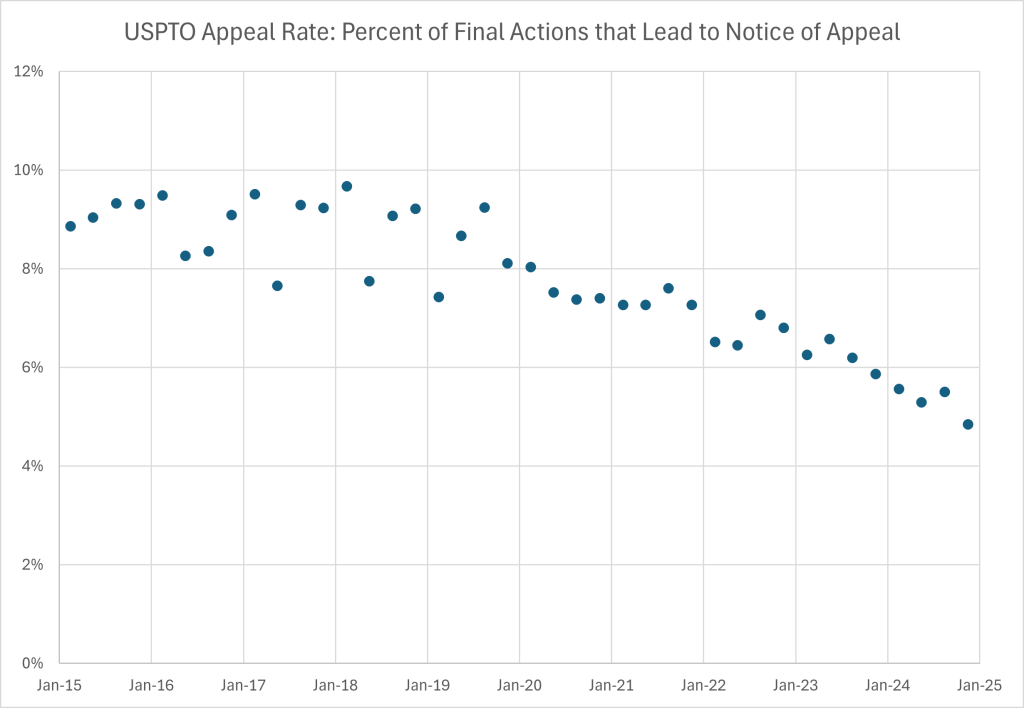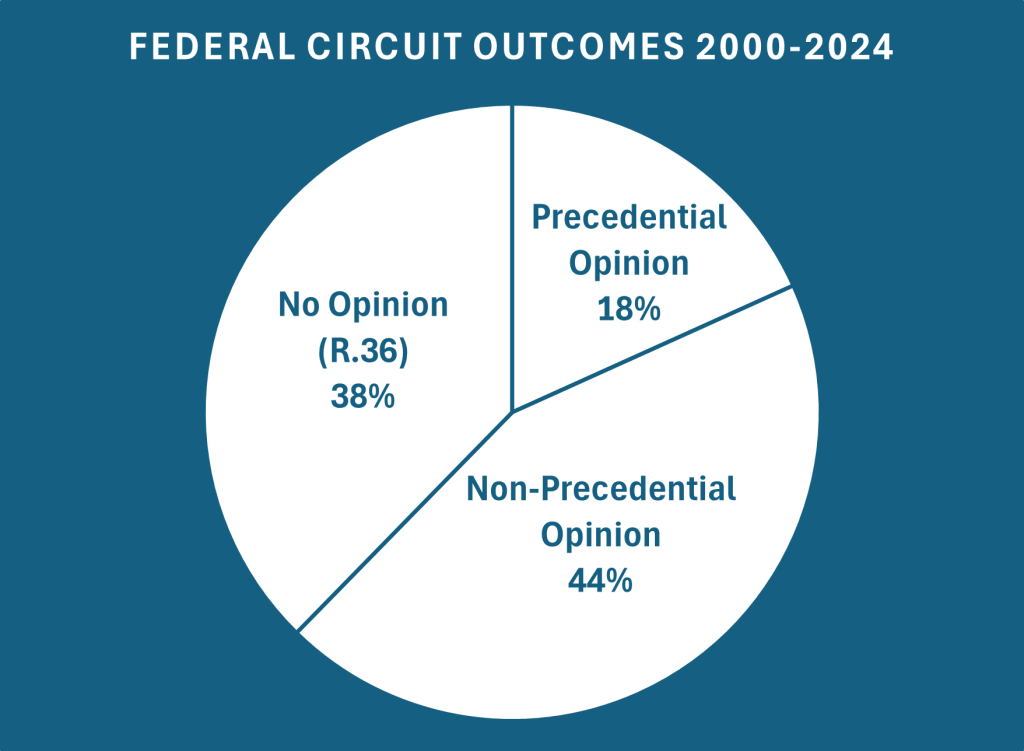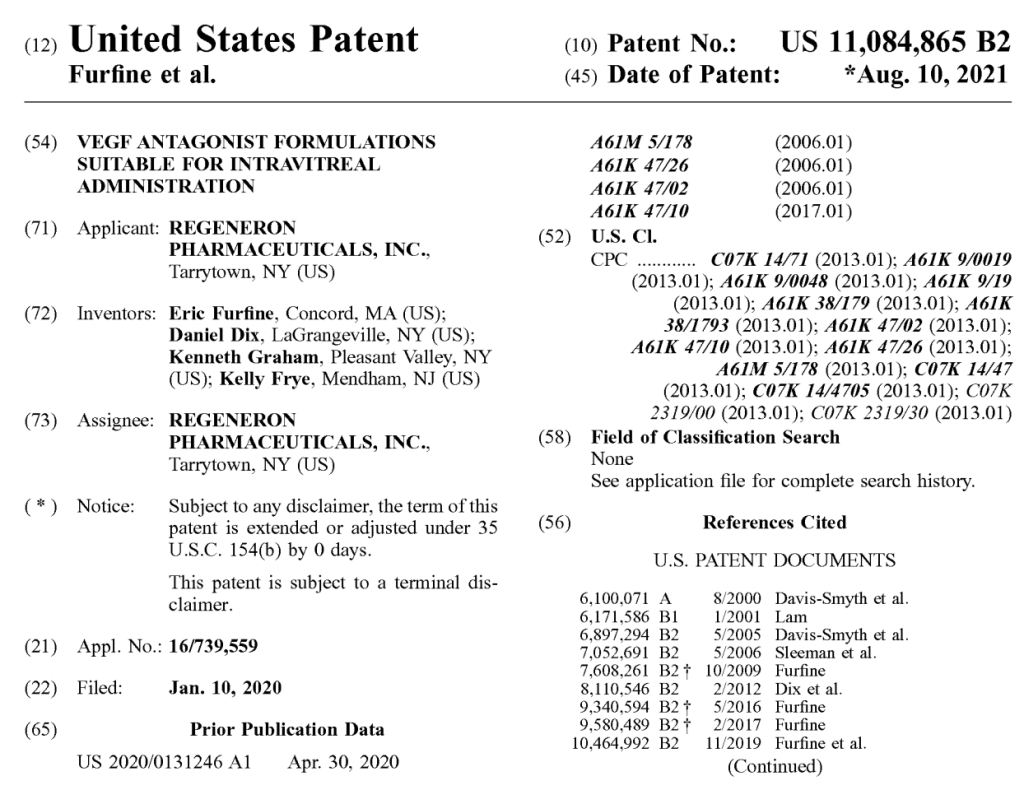by Dennis Crouch
In a recent batch of Rule 36 summary affirmances, the Federal Circuit disposed of several complex patent cases without written opinions. This continues to raise serious questions in my mind about the court’s ongoing reliance on this practice. While some judges defend Rule 36 affirmances as appropriate for easy to see “losers,” an examination of these recent cases reveals sophisticated legal issues involving millions of dollars in dispute. For instance, in Lu v. Hyper Bicycles, the court declined to address important questions the quantum of evidence needed to survive summary judgment in design patent cases, while Wilson v. Corning presented novel issues regarding jury trial rights for hybrid legal-equitable claims under the Seventh Amendment.
I have previously argued that 35 U.S.C. § 144’s “shall issue” language requires the court to issue an opinion in appeals from USPTO proceedings. But, the court has continued the practice. In In re Google, the court summarily affirmed the PTAB’s rejection of claims related a system for hot-news detection. This is a case where Google retaining top appellate counsel to challenge the Board’s obviousness analysis. Similarly, in Maxell v. Amperex, the court passed on an opportunity to provide needed on analogous art determinations, a key confusing aspect of obviousness decisions.
While I don’t think these cases are generally clear losers, I have found that they are more likely to involve detailed factual records, particularly in IPR appeals where technical minutiae abound. So, I can understand why the court may be reticent to delve into the difficult cases — except that is the role of the judges. And, the court should not permit the PTAB to avoid review via complexity. The Federal Circuit’s handling of Shell v. Scientific Design exemplifies this concern – rather than grappling with important questions about the Board’s ability to fill gaps in petitioner’s obviousness arguments, the court opted for summary affirmance without any opinion. This approach not only deprives the patent community of valuable precedent but also raises questions about whether the court is fully engaging with the challenging factual determinations underlying many patent appeals. For me, the very process of writing often reveals analytical gaps or inconsistencies that were not apparent during my initial consideration of an issue. Judges need to explicitly connect their reasoning from premise to conclusion, and that can be evaded via summary affirmances. (more…)
